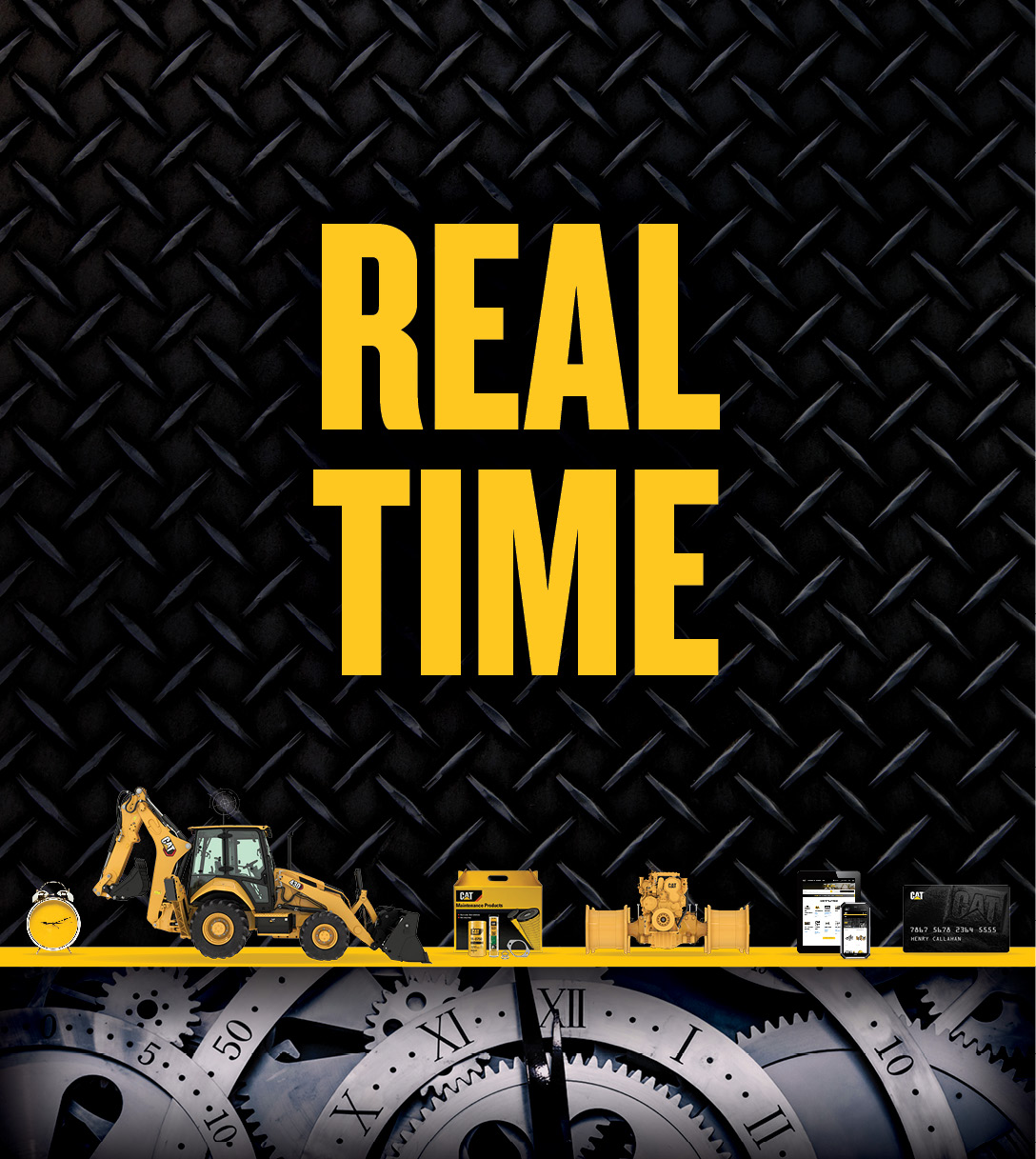Planned Maintenance
Do you wait until your car breaks down to get an oil change, or do you do them regularly? If you plan your oil changes, you already understand the value of planned maintenance. Now, extend that mindset to your heavy equipment to ensure maximum productivity on the jobsite.
When you’re enjoying a busy work schedule with jobs lined up for months, you may be more focused on productivity than maintenance—but you also want to make sure your equipment keeps working with as few interruptions as possible. That’s where planned maintenance (PM) practices come into play. Follow these three tips to keep your maintenance costs low and your uptime high.
1. Create, post, and stick to PM schedules.
Construction accountants and financial advisors report that planned maintenance schedules, when adhered to, are a best practice for maintaining the value of equipment and cutting down on repair costs.
Learn more about a Convenience CVA
2. Consider outsourcing as an efficiency booster.
Evaluate the maintenance and repair work your team is doing—what’s being done, the hours it takes and the cost of downtime. Also look at the time involved to schedule and manage product inventory. It’s possible you could save money and gain convenience by outsourcing certain maintenance tasks to a more efficient third party. If your shop is handling maintenance for equipment and vehicles, you may want to consider outsourcing one fleet.
Learn more about a Performance CVA
3. Use technology to make maintenance as efficient as possible.
The machine hour meter records the number of hours the machine is “on,” but it doesn’t differentiate between “on time,” “working time,” and “idle time.” Various monitoring systems do make that distinction, and this technology is integrated into many newer machines. When you can look at the data and see which hours are actually working hours, you can schedule maintenance using actual time worked. That means you can reduce the number of PMs needed annually.
Learn More about a Confidence CVA
Consider a machine with a recommended service interval of 250 hours and 70% working time. Approximately 30%, or 75 hours, of that 250-hour service interval is non-working time. That means every fourth PM is due to non-working hours alone, which isn’t a true indicator of usage. With more accurate data provided by technology, you can perform PMs when they’re needed and avoid unnecessary maintenance and associated costs.
Technology also helps you keep track of machine health—proactively—with alert codes that let the operator know when the machine is operating outside of normal parameters or needs service. The overall result will be fewer failures, less downtime and reduced costs.
Contact a Cashman’s Product Support department at (800) 937-2326 for more information on Cat planned maintenance today.


